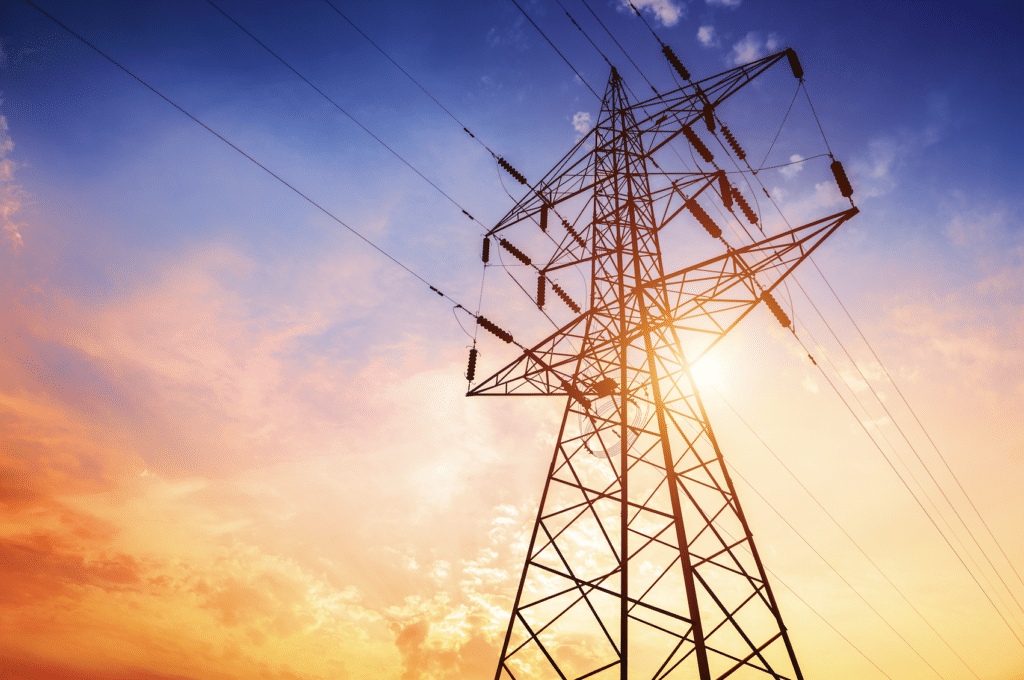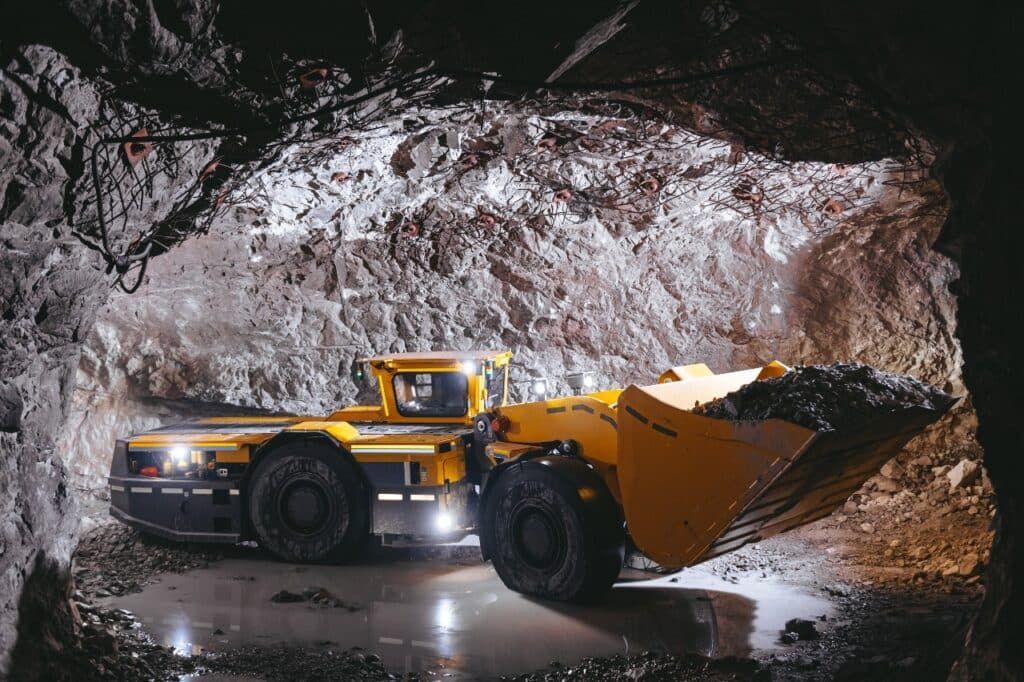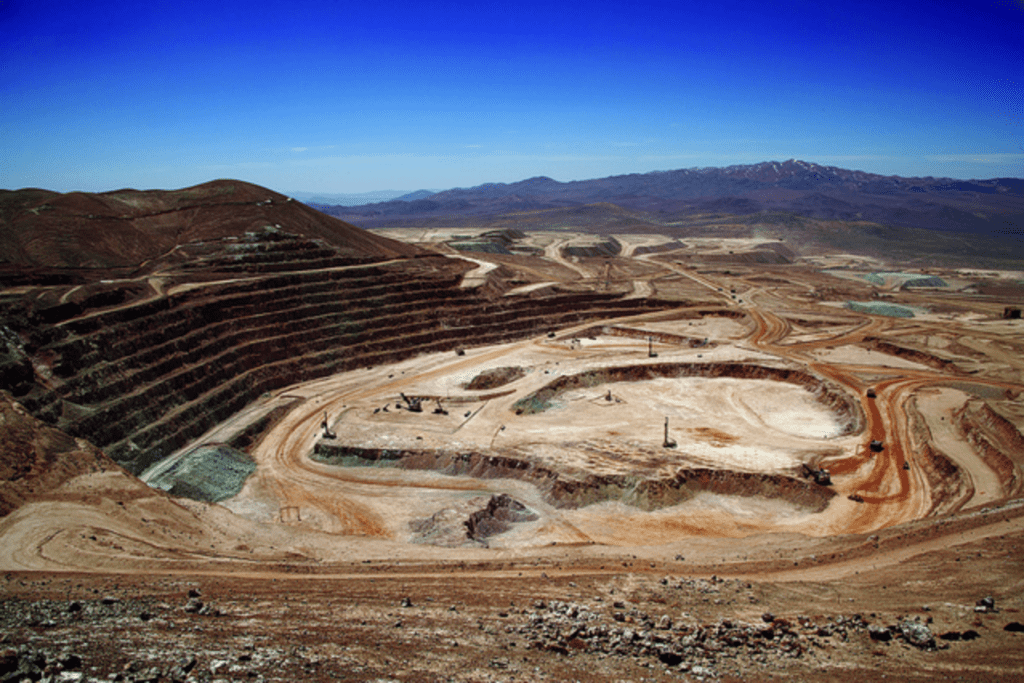Getech joins international consortium seeking new ways to discover sedimentary copper
Getech has joined a consortium of academia and industry to speed up the understanding of copper deposits required for renewable technologies.
The three-year Kupferschiefer project, which launched in the first half of 2023, aims to revisit archive geological data and reinterpret it using petroleum and mineral system approaches, creating maps of mineral prospective areas within the Central European Basin.
The project, led by the University of Western Australia’s Centre for Exploration Targeting (CET), has university funding as well as industry sponsors. Other partners include the University of Warsaw and industry participants First Quantum Minerals, Teck Resources, and BHP.
The consortium is taking a holistic mineral system approach to sedimentary copper discovery. This requires an understanding of the combination of geological processes that are required to form and preserve sedimentary deposits, in this case copper.
Getech is using its proprietary gravity and magnetics data, as well as Globe Earth model and spatial analytical expertise, to provide the consortium with clear and realistic insights into the nature and structure of the subsurface.
Copper is a highly efficient conduit, which is used in decarbonisation and electrification strategies for power generation from solar, hydro, thermal, and wind energy, as well as for transportation and storage. With the looming world-wide copper deficit, sedimentary hosted copper deposits offer a promising and more sustainable alternative for meeting the increasing global demand for this critical mineral. These deposits account only for 20 – 25% of the world's total copper production today and offer several advantages compared to non-sedimentary alternatives such as porphyry deposits found in igneous settings, including:
- Sedimentary-hosted copper deposits, as they are globally more widely distributed, present ESG opportunities by promoting equitable economic distribution and reducing transport emissions.
- These deposits typically require less energy-intensive processing methods.
Another critical aspect of sedimentary hosted copper deposits is their significant cobalt content. Approximately 80% of the world's cobalt, a key component in batteries, comes from these deposits.
Howard Golden, Senior Advisor for Critical Minerals at Getech and Technical Advisor for the CET, commented:
“Increasing quantities of copper are needed to support the world’s decarbonisation and it is more important than ever that we understand the depositional environments to help us identify new, innovative ways of finding this critical resource.
Our joint cross-industry and cross-academia project is a step in the right direction and a great opportunity for Getech to benefit the wider industry through our extensive database of geological observations and interpretations.
The process and data from this project can be replicated globally for the exploration of copper and subsurface resources including lithium, potash, phosphates, and even gold and naturally occurring hydrogen. It's a potentially revolutionary approach to finding resources.”
Dr Weronika Gorczyk, Senior Research Fellow at the Centre for Exploration Targeting, School of Earth Sciences at The University of Western Australia, added:
“To make well informed decisions on exploration, comprehensive multiscale and multidisciplinary datasets are required. Getech is a suitable partner which can provide a substantial part of the necessary information.”
Source: https://www.globalminingreview.com/mining/16102023/getech-joins-international-consortium-seeking-new-ways-to-discover-sedimentary-copper




